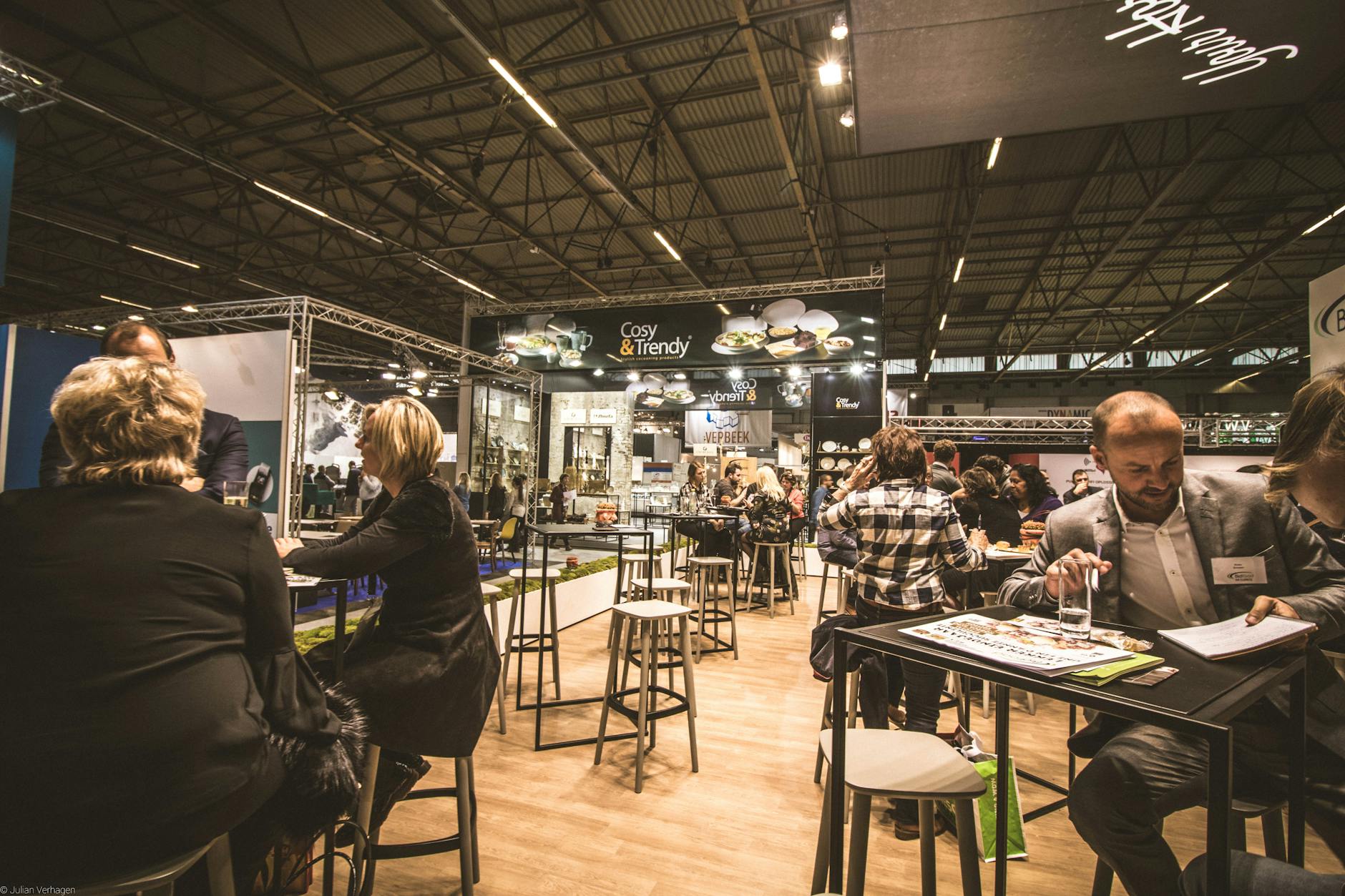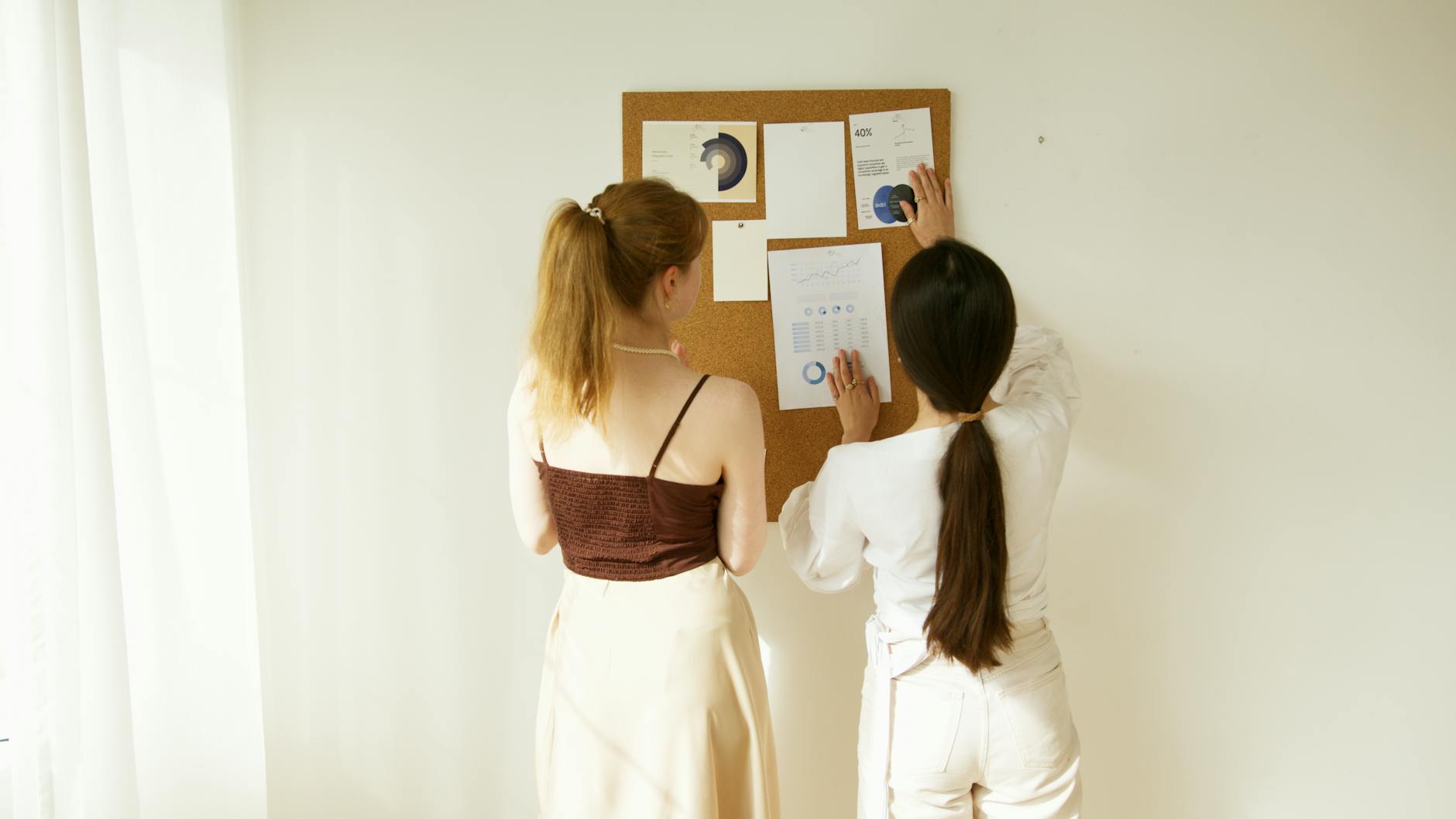
Why Go Local for Wholesale Clothing Suppliers
First off, let’s talk why going local matters. Suppliers in the New York area often mean faster delivery—think days instead of weeks. That cuts costs on freight and lets you visit showrooms in person. For urban startups, this is huge when you’re dealing with tight budgets and quick turnarounds. Plus, local folks understand US regulations better, like restricted substances in fabrics.
Assess Your Needs First
As a trusted advisor, I recommend front-loading your needs assessment. Define your product types early. If you’re into wholesale hats, note styles like baseball caps or beanies. For more on hat types and patterns, check our guide. Set your MOQ—minimum order quantity—realistically. Many local suppliers start at smaller runs for custom orders, but that varies. Lead times? Expect several weeks for production after approval. To start an order, reach out via email or phone, share your specs, and request a quote.
[Experience Note] In my shop, we’ve seen trade-offs with local sourcing. Faster access means higher per-unit costs sometimes, due to smaller-scale operations. But the ability to inspect samples on-site outweighs that for most startups.
Benefits of Local Suppliers
Now, the benefits of local suppliers. Faster delivery keeps your inventory moving. Lower shipping fees add up—imagine saving hundreds on bulk orders of wholesale clothing hats. Easier visits to showrooms let you check quality firsthand. Touch the fabrics, see the stitching. This beats online guesses every time. For tips on how to check quality, see our expert guide.

How to Find Suppliers Near New York
How do you find these suppliers near New York? Start with directories. The New York garment district is a goldmine—head to spots around 7th Avenue for apparel pros. Use online tools like WholesaleCentral to filter by location. Attend trade shows in Brooklyn or Manhattan; events like those from the Fashion Institute of Technology pop up often. Network through local business groups, like chambers of commerce. I’ve made great connections at meetups, leading to reliable partners.
For example, if you’re eyeing custom hats, look for vendors offering embroidery or printing services. We specialize in mass customization, so if you need branded apparel, check out our guide on how to wash a hat for care tips after production.
Vetting and Evaluating Options
Vetting local options is key. Assess their services—do they handle custom production? Ask about capabilities like screen printing on wholesale hats. Check reputation via reviews on Google or industry forums. Request samples; test for color fastness using methods like AATCC 61. Watch for trademarks—if you’re customizing with logos, ensure licensing is in place to avoid legal snags.
[Experience Note] Real shop talk: We’ve dealt with suppliers who promised quick leads but delayed due to material shortages. Always verify their stock levels during visits.
Avoid common pitfalls. Don’t skip in-person checks; photos can hide flaws like poor rub fastness. Test for that with ISO 105 methods if needed. Ensure ethical practices—ask about labor standards to comply with US laws.
Starting small? Place a test order of a modest size to gauge reliability. We see many clients begin with basics like plain tees before scaling to custom wholesale clothing hats.
For more on customization processes, explore our apparel guide.
Compare Local Suppliers
| Supplier Aspect | Key Details | Why It Matters |
|---|---|---|
| MOQ | Starts at 100 pieces typically | Flexible for startups; negotiate if high |
| Lead Time | 4-6 weeks post-approval | Faster local access reduces delays |
| Services | Embroidery, printing, adjustable sizing | Supports custom hats and apparel |
| Materials | 6 oz cotton options | Check for quality and compliance |

Building Ongoing Partnerships
Shift toward lasting partnerships by hammering out the details—payment schedules, volume discounts, and the like. Keep an eye on order fulfillment, watching delivery accuracy and quality stay steady over time. If any hiccups surface, flag them early. The trust that builds now will open the door to better deals down the road.
Summary
In summary, choosing a wholesale clothing supplier near New York boils down to needs, research, vetting, and relationships. Use this approach to cut costs and speed up your operations. Ready to dive in? Grab that checklist and start networking.
FAQ
How to choose a wholesale clothing supplier near Brooklyn?
Focus on local directories, trade shows, and networking. Vet for MOQs, quality, and custom services. Start with a site visit to inspect samples firsthand.
How to choose a wholesale clothing supplier near New York?
Use garment district resources, check reviews, and visit showrooms for hands-on evaluation. Request quotes early to compare lead times and costs.
What are key considerations for local US suppliers?
Look at delivery speed, shipping savings, ethical practices, and customization options. Always test samples for compliance with standards like AATCC methods.
Do wholesalers in NY offer custom clothing options?
Many do, especially for items like hats and apparel, with lead times around 4-6 weeks. Negotiate flexible MOQs to fit startup budgets.
Can I buy hats directly from manufacturers in New York?
Yes, direct buying is possible; start with samples to test quality and fit. Check for adjustable sizing and material weights during visits.




